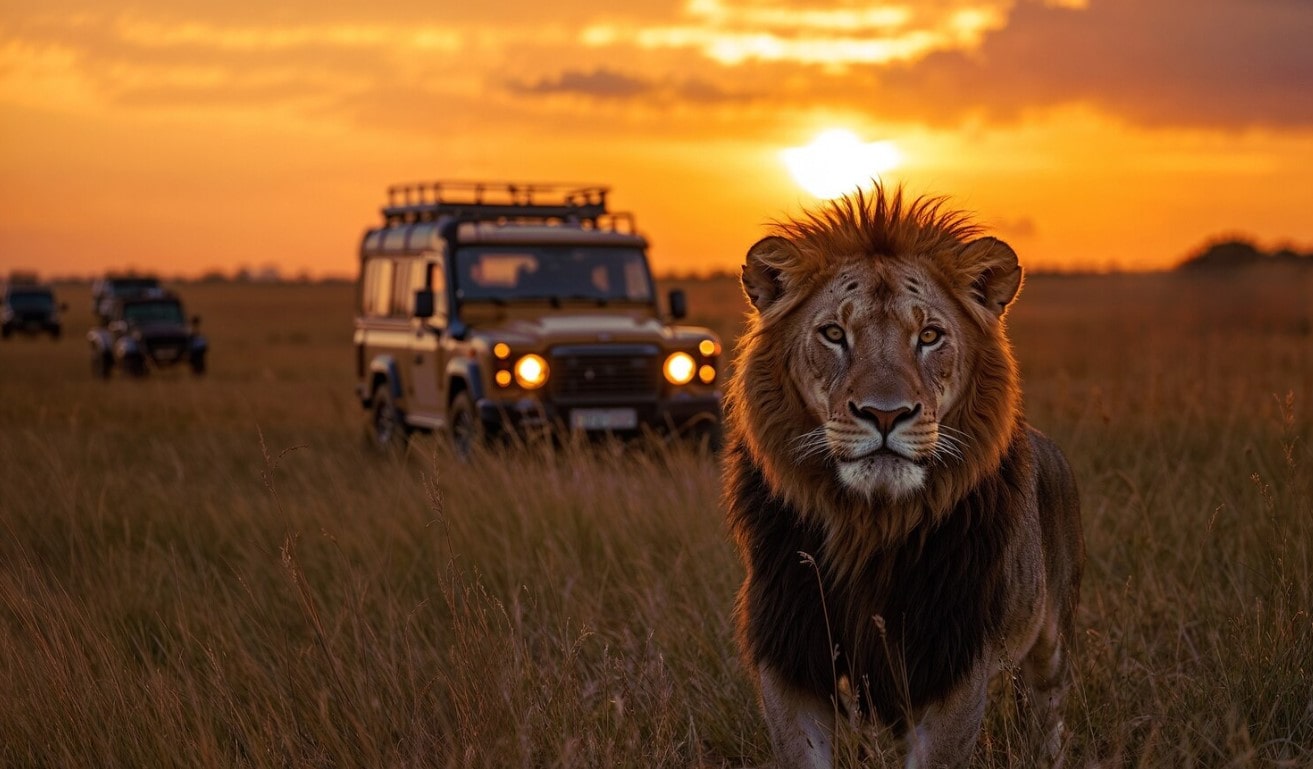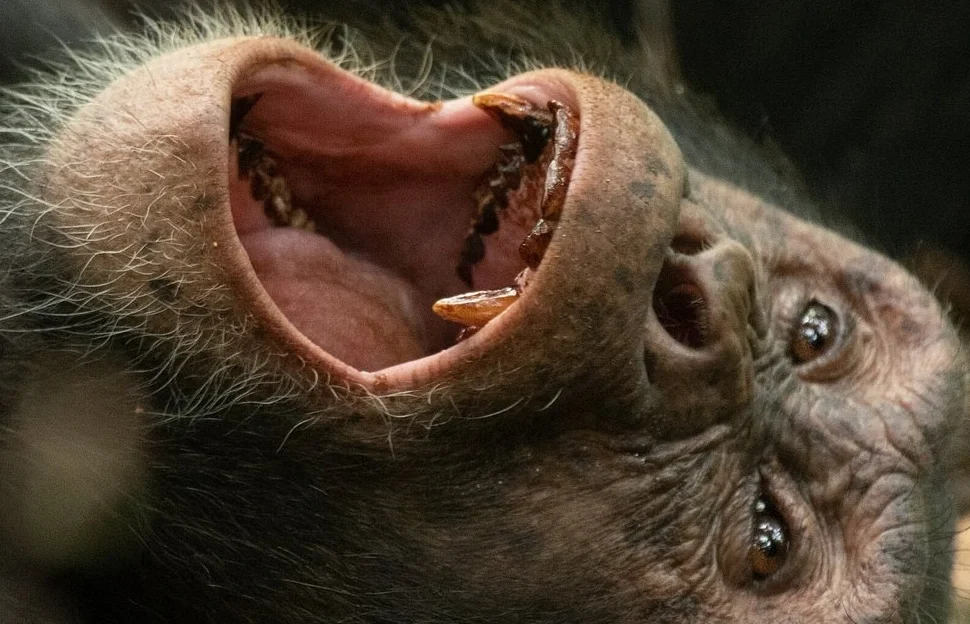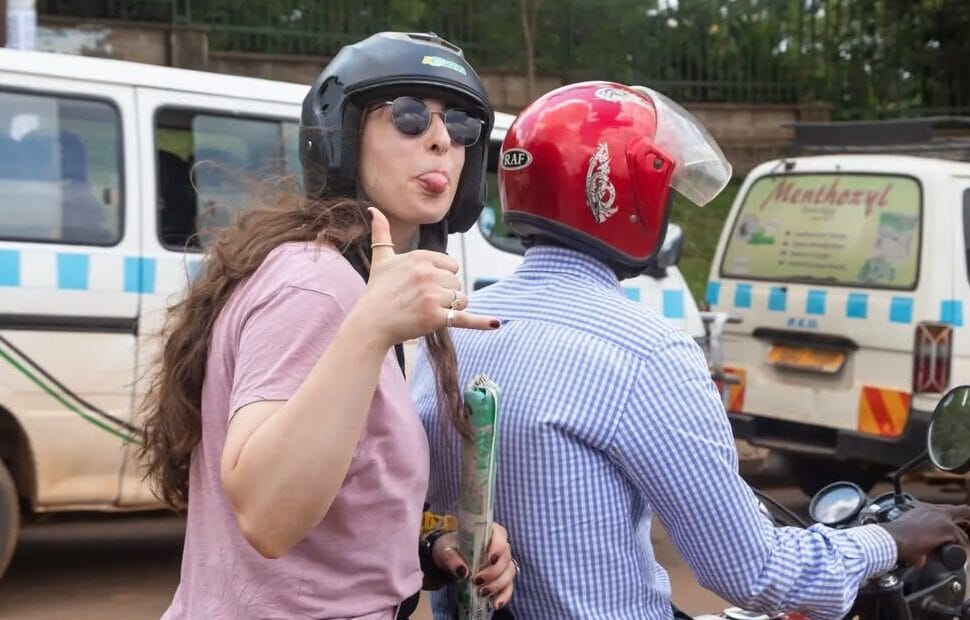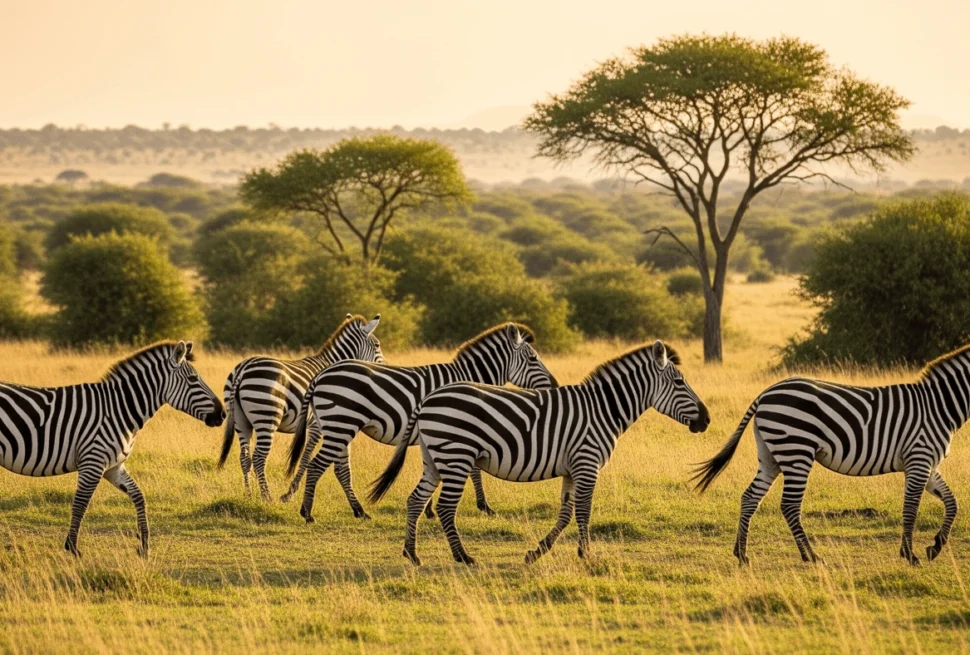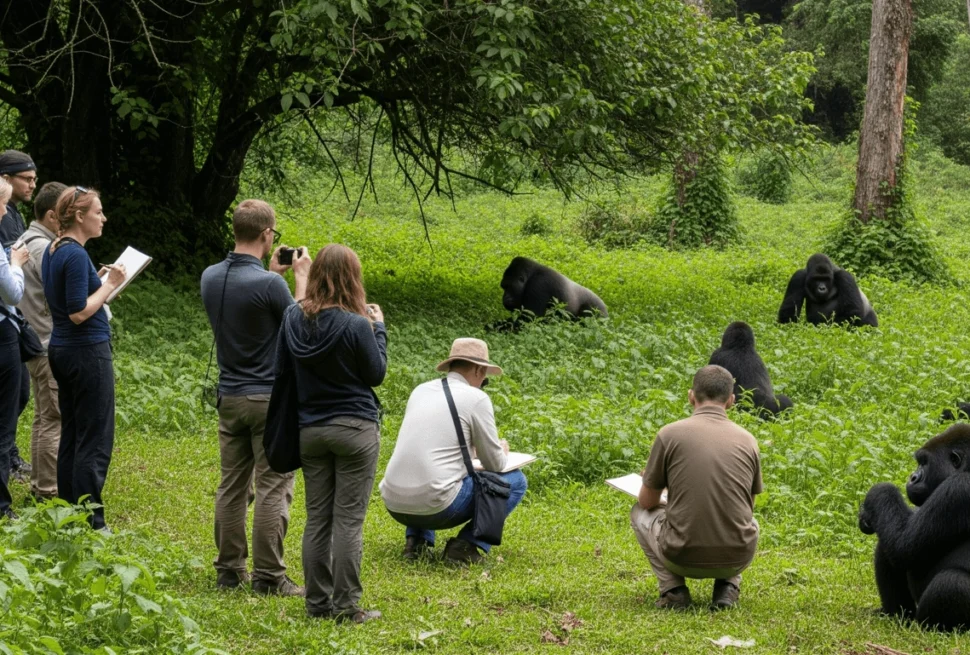Uganda will surprise you if you let it.
This isn’t the safari you’ve seen on postcards. It’s not a polished theme park of lions and sunsets. It’s raw, sometimes muddy, often breathtaking.
One moment you’re tracking chimps through tangled jungle, the next you’re watching a storm roll across a valley that feels older than time.
This country has earned every letter of Churchill’s “Pearl of Africa” praise—but the reasons why go deeper than most travel brochures ever admit.
Key Takeaways
- Uganda safaris offer much more than just gorilla trekking—think chimps, tree-climbing lions, and vast, crowd-free savannahs.
- Uganda is home to over half the world’s mountain gorillas and the largest chimpanzee population in East Africa.
- Game drives here often feel intimate—few vehicles, fewer fences, no mass tourism buzz.
- Uganda’s diversity spans forests, lakes, waterfalls, and volcanoes—each offering different wildlife and safari styles.
- Cultural encounters aren’t staged for tourists—they’re part of the living landscape.
Why Choose a Safari in Uganda
Uganda is often overlooked in favor of its louder neighbors—Kenya’s sweeping plains, Tanzania’s Serengeti migrations. But that’s part of its appeal.
What you get here is quieter, wilder, and in many ways, richer. You won’t sit in a traffic jam of safari vehicles vying for a lion shot. You’ll track lions in the Ishasha wilderness with barely another truck in sight.
You’ll hike through misty mountain forests to meet gorillas, not snap them from a jeep window.
There’s biodiversity here that few countries can match. Over 1,000 bird species. More primates than anywhere else in East Africa. 10 national parks and nearly as many habitats—from rainforest to alpine glaciers.
And it’s not just the wildlife. Uganda’s safari experience is shaped by its people. The Karamojong of the northeast. The Batwa near Bwindi. Communities who live with, not just beside, the wilderness.
Done well, safaris here don’t just show you animals—they open windows into lives lived on the edge of the wild.
“For magnificence, for variety of form and color, for profusion of brilliant life – bird, insect, reptile, beast – for vast scale – Uganda is truly ‘The Pearl of Africa.”
– Winston Churchill.
Top Safari Experiences in Uganda
No single itinerary can capture Uganda in full—but the best safaris weave together its wild edges, from rainforests to savannah. Here’s what sets Uganda safaris apart:
Gorilla Trekking in Bwindi and Mgahinga
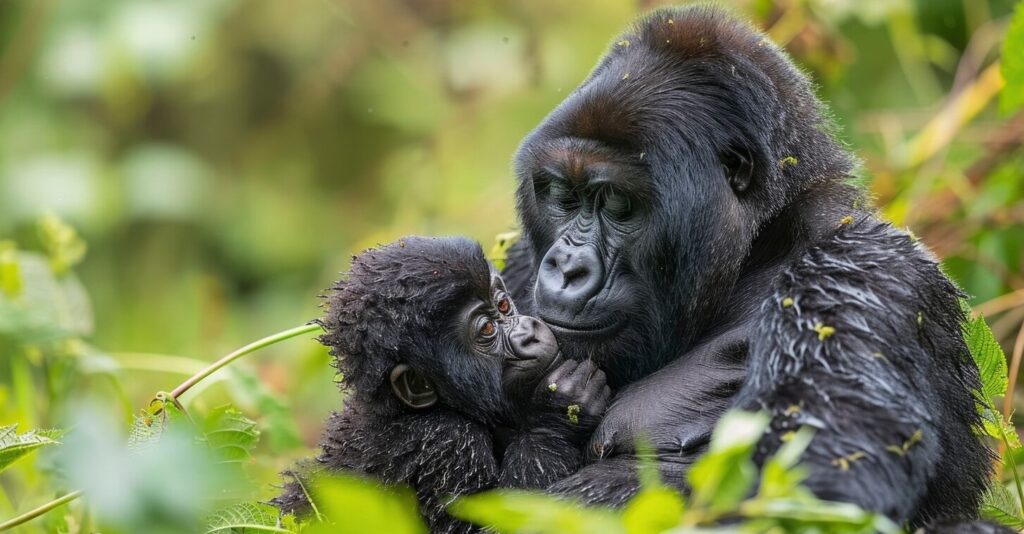
The crown jewel. There are fewer than 1,100 mountain gorillas left in the wild, and Uganda protects over half of them. Trekking into their world—dense, wet, and thick with vines—isn’t easy. But the moment you lock eyes with a silverback, it rewrites something inside you.
Permits are strictly regulated. Groups are small. Encounters are limited to an hour—but it’s the most unforgettable hour you’ll ever spend in nature.
They’re also critically endangered, according to the IUCN Red List—with only about 1,000 remaining in the wild.
Read more: Gorilla trekking in Uganda | Bwindi vs Mgahinga for gorilla trekking | Best months for gorilla trekking
Chimpanzee Tracking in Kibale, Budongo, and Kyambura
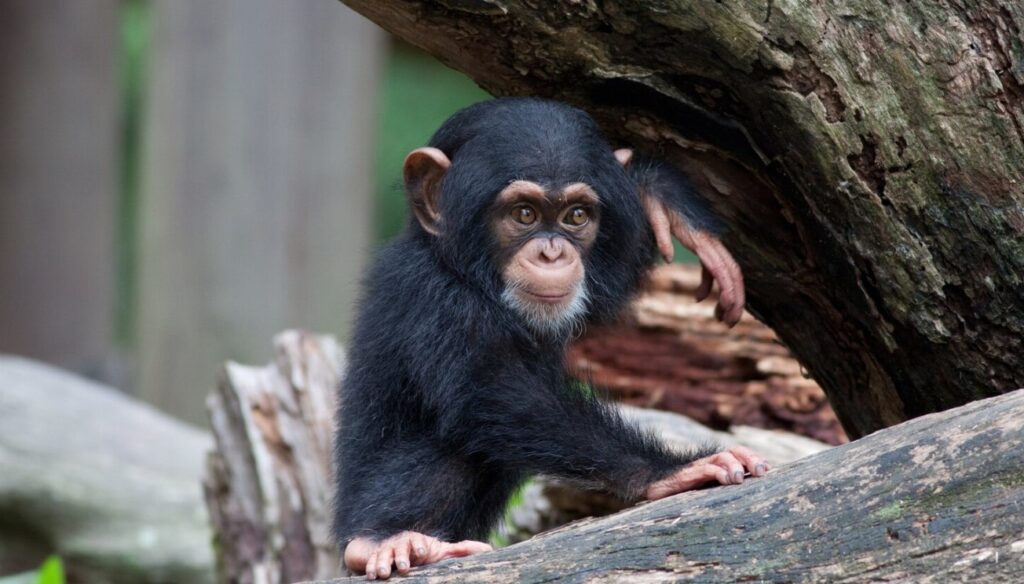
While gorillas draw the crowds, chimpanzees reward the curious. Kibale Forest is the best place to track them, with success rates over 90%. But Budongo Forest near Murchison Falls and the sunken Kyambura Gorge in Queen Elizabeth also offer thrilling, less-traveled treks.
Watching a chimp hunt, fight, or tenderly groom its young is as complex and emotional as watching a human drama.
Read more: Primates in Uganda Beyond Gorillas and Chimps | Gorilla Tracking vs Trekking
Game Drives and Big Five Safaris
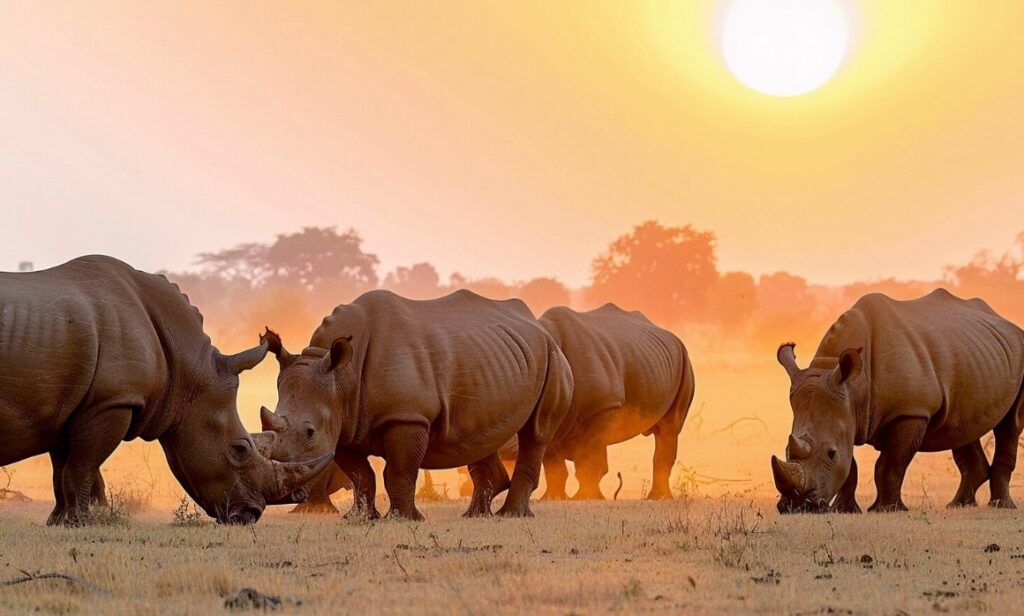
Uganda may not shout about its big cats like other countries, but they’re here—and in wilder, more off-grid ways.
Think: lions lounging in fig trees in Ishasha. Leopards slinking through the tall grass in Murchison. Elephant herds moving like thunder through Queen Elizabeth’s crater-studded plains.
Buffalo, rhinos, and hippos are common. And if you’re strategic, you can see the full Big Five.
The Big Five were coined by colonial hunters—not conservationists. Still, they face modern pressures, from poaching to habitat loss. The African Wildlife Foundation breaks down current threats to these species.
Read more: What are the Big Five and Where to Find Them in East Africa | Ziwa Rhino Sanctuary | The Best Time to See the Big Five in Uganda
Best National Parks for Safaris in Uganda
1. Murchison Falls National Park
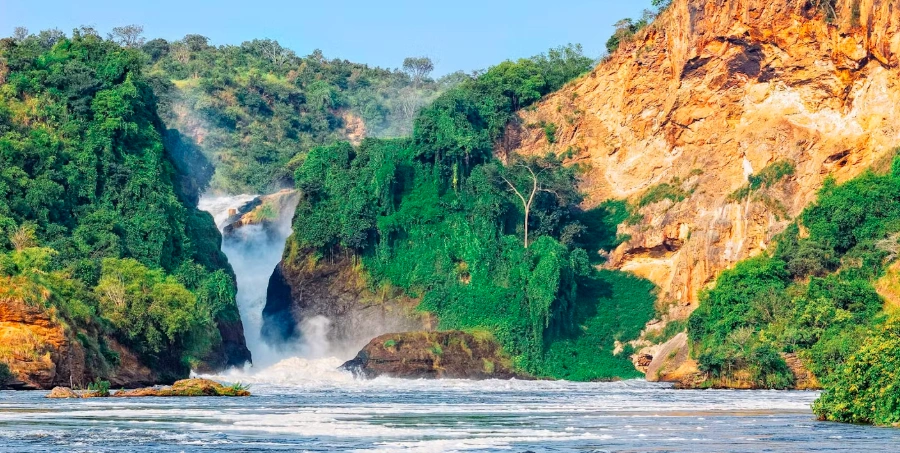
This is Uganda’s largest park and arguably its most iconic. It’s where the Nile forces itself through a 7-meter gorge before exploding into the world’s most powerful waterfall. But beyond the spectacle, Murchison delivers some of Uganda’s best game viewing.
Lions, elephants, giraffes, buffaloes, hippos, crocodiles—they’re all here. Game drives in the northern sector feel vast and cinematic.
A boat safari up the Nile to the base of the falls offers a chance to see wildlife from the water: elephants bathing, kingfishers darting, crocodiles sliding off sandbanks.
Chimpanzees? You’ll find them nearby in Budongo Forest, often combined with longer Murchison itineraries.
Read more: Murchison Falls National Park
2. Queen Elizabeth National Park
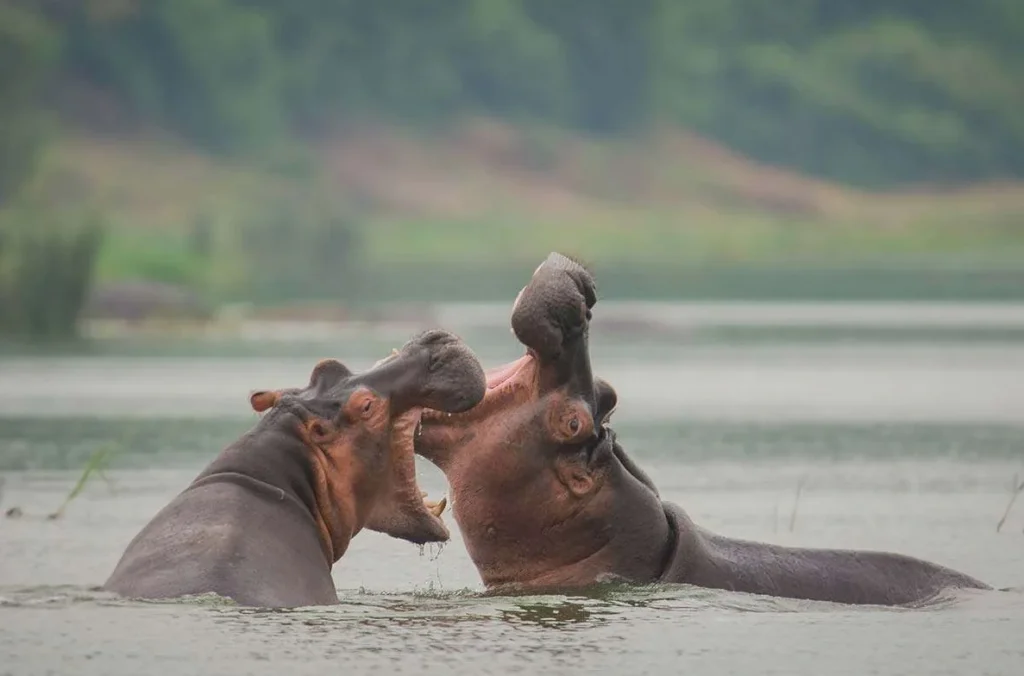
It’s Uganda’s most visited park—but don’t let that deter you. Queen Elizabeth covers a stunning mix of savannah, crater lakes, forests, and swamps. The diversity is staggering.
Tree-climbing lions in Ishasha. Giant herds of elephants around the Mweya Peninsula. And then there’s the Kazinga Channel, a natural waterway linking Lakes Edward and George, which supports the highest concentration of hippos in Africa.
Take a boat cruise here in the golden light of evening and you’ll see why it’s considered one of Uganda’s most photogenic spots.
Want primates? Head to the Maramagambo Forest or Kyambura Gorge. And for birders—this park is a dream: over 600 species, including the rare Shoebill stork.
Read more: Best Boat Cruises in Uganda | The Best Night Safari in Uganda
3. Kidepo Valley National Park
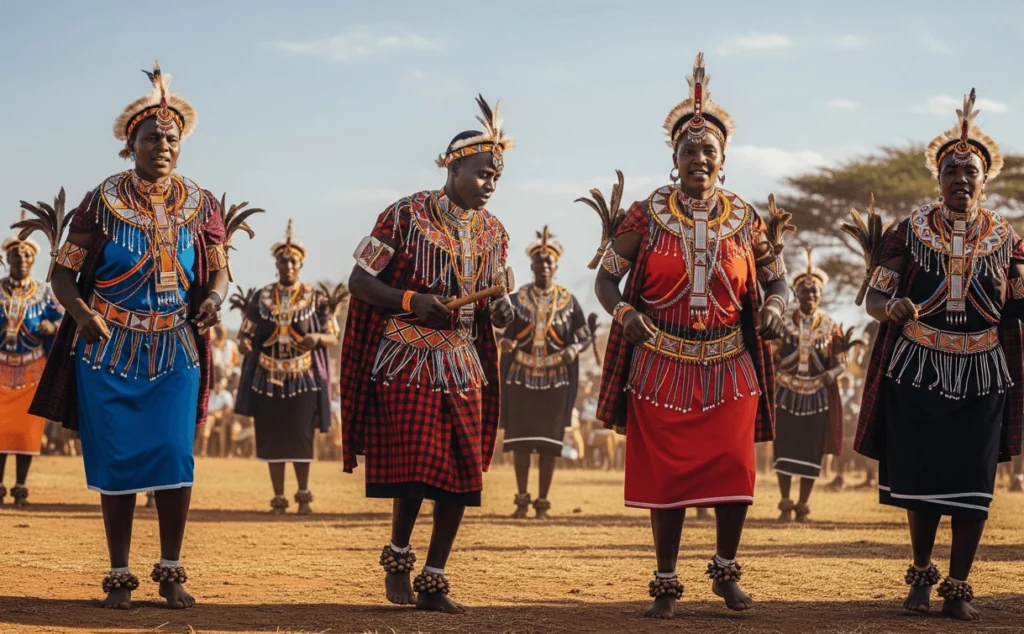
If you’re looking for wilderness with teeth, come here.
Tucked away in Uganda’s far northeast, Kidepo is raw and remote. It’s not easy to get to—most visitors fly in or make the long overland journey—but those who do are rewarded with arguably the most dramatic landscapes in East Africa.
Cheetahs prowl the dry plains. Ostriches race across open savannah. The Karamojong people graze their cattle in the distance, living as they have for generations. This is the Uganda most tourists never see—and that’s exactly why it matters.
See more: Hidden Safari Gems in Uganda Worth Adding to Your Trip | Rewards of Visiting Uganda’s Karamojong Tribe
4. Bwindi Impenetrable Forest
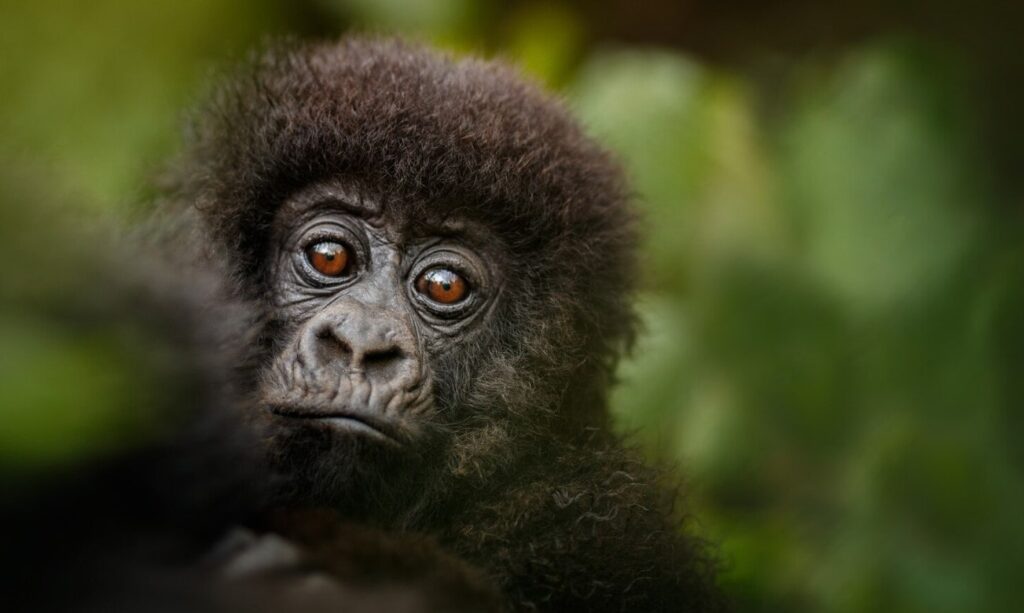
A UNESCO World Heritage Site. The heart of Uganda’s gorilla trekking industry. And a place that lives up to the name “impenetrable.” The forest is thick, tangled, and teeming with life.
But gorillas aren’t the only stars here. Colobus monkeys, forest elephants, and over 350 bird species—many of them Albertine Rift endemics—make Bwindi a hotspot for more than just primates.
Each of the park’s four trekking sectors—Buhoma, Ruhija, Rushaga, and Nkuringo—offers slightly different terrain and habituated families.
Read more: What to Pack for Gorilla Trekking | Gorilla Trekking Fitness and Age Requirements | Why Gorilla Permits Are So Expensive
5. Mgahinga Gorilla National Park
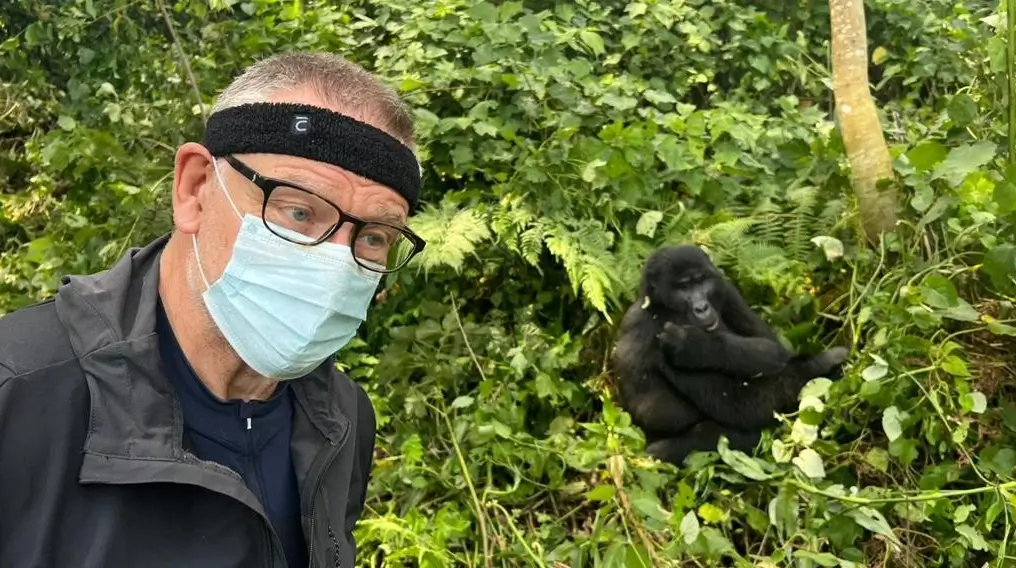
Smaller, quieter, and more open than Bwindi—Mgahinga offers an entirely different kind of gorilla experience. There’s only one habituated gorilla family here, which means fewer permits and less traffic.
But it’s also the only place in Uganda where you can trek golden monkeys, a rare and charismatic species found only in the Virunga Volcanoes.
The park also offers summit hikes up Mount Sabinyo, Gahinga, and Muhabura—all part of the Virunga range. Combine that with the Batwa Trail, which explores the cultural heritage of the forest’s Indigenous hunter-gatherers, and you have a safari that blends wildlife, landscape, and people in one.
Read more: Gorilla Families in Uganda | 5 Key Things to Know About Uganda’s Indigenous Communities
6. Kibale Forest National Park
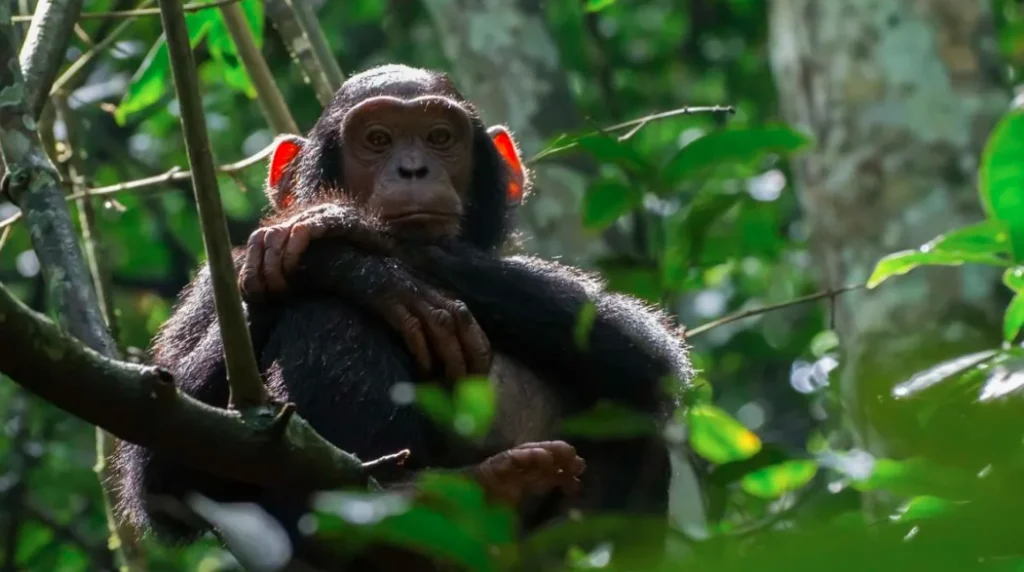
If you want guaranteed chimpanzee sightings, come here. Kibale is known as the primate capital of East Africa, and with good reason: it hosts over 1,500 chimpanzees, plus 12 other primate species—more than any other park on the continent.
The forest is dense but walkable. Chimpanzee tracking often starts with calls echoing in the distance and ends with dramatic encounters: chimps hunting, vocalizing, or simply staring back.
The Bigodi Wetland Sanctuary nearby offers a gentler nature walk, rich with birdlife and community-based tourism.
Read more: Chimpanzee Trekking Rules | Ngamba Island
Other Notable Safari Destinations
7. Lake Mburo National Park
Zebras. Elands. Night game drives. And proximity to Kampala makes it an ideal quick getaway.
One of the best destinations for The Best One Day Safaris in Uganda
8. Ziwa Rhino Sanctuary
The only place to see white rhinos in Uganda. Often combined with Murchison itineraries.
9. Semuliki National Park
Hot springs, forest elephants, and rare birds. A forgotten gem for hardcore naturalists.
10. Mount Elgon National Park
Hike to the Wagagai summit. Explore caves, waterfalls, and calderas on an extinct volcano.
11. Rwenzori Mountains
Snow-capped peaks on the equator. One of Africa’s most challenging—and scenic—treks.
More: Rwenzori Mountains National Park
Cultural Encounters on Safari
Uganda isn’t just wildlife. Its people, cultures, and traditions are inseparable from the safari experience—if you’re willing to look beyond the game drive.
The Batwa of the Forest

In the shadow of Bwindi and Mgahinga, the Batwa people once lived as hunter-gatherers in the forest, coexisting with gorillas for generations.
Today, they’ve been displaced from their ancestral lands, but cultural trails—led by Batwa elders—offer a rare glimpse into their former way of life.
Done right, these are not tourist gimmicks. They’re stories of survival, marginalization, and resilience told by the people who lived them.
The Karamojong of the Northeast
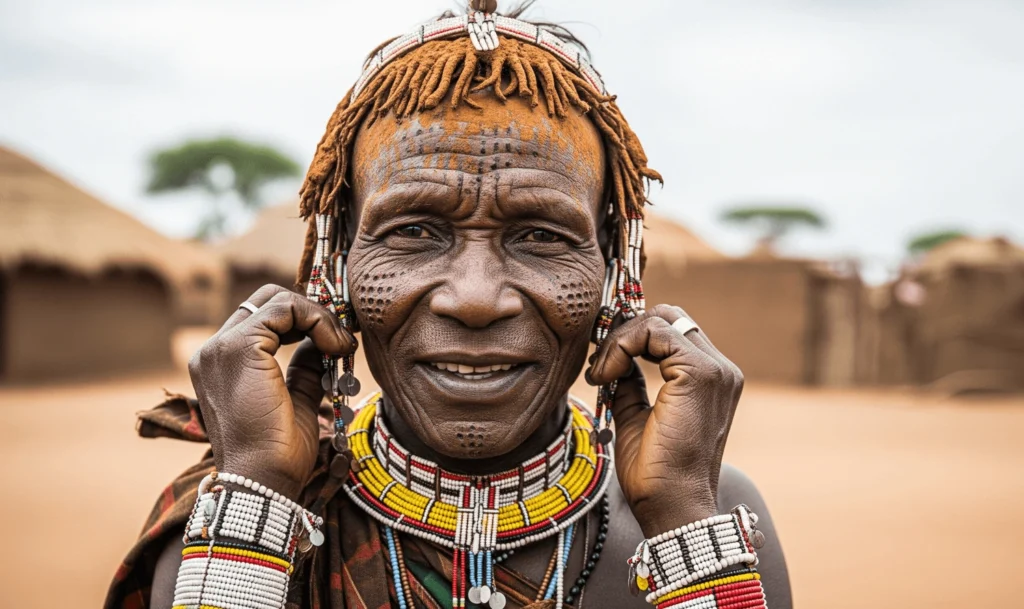
Visiting Kidepo opens the door to encounters with the Karamojong, a semi-nomadic pastoralist group whose traditions echo those of the Maasai—but are uniquely Ugandan.
Their kraals, dances, and intricate body adornments are not for show. This is lived culture, raw and real.
What sets Karamojong visits apart is the lack of performativity. It’s not a dance staged for tourists; it’s a worldview you step into briefly, if respectfully.
Read more: Cultural Safaris in Uganda Beyond the Brochure
Other Cultural Threads
- Bagisu initiation rites around Mount Elgon
- Buganda Kingdom heritage tours in and around Kampala
- Ankole cattle culture in western Uganda
Each adds texture to a safari that’s not just about looking—but listening.
Tourism narratives often flatten or exoticize Africa’s Indigenous cultures. But these communities are not museum pieces—they’re living, evolving, and in many cases, vulnerable to exploitation.
Cultural Survival documents how Indigenous rights in East Africa intersect with land access, conservation, and tourism.
Other Uganda Safari Activities
Boat Safaris
Forget bouncing around in a Land Cruiser for a moment. Some of Uganda’s best wildlife viewing happens on the water.
- Kazinga Channel: Hippos, elephants, crocs, birds—all from a slow-moving boat.
- Nile Delta (Murchison): Shoebill sightings and sunrise magic.
- Lake Mburo: Quiet, open, and ideal for birders.
Walking Safaris
Uganda isn’t usually marketed for walking, but that’s changing.
- Lake Mburo and Kidepo offer ranger-led walks across open savannah.
- Ziwa Rhino Sanctuary provides the rare chance to track rhinos on foot.
- Rwenzori foothills and Elgon trails give a highland twist to the walking experience.
Birdwatching
Uganda is a birding powerhouse—over 1,060 species in a country the size of the UK.
Whether it’s the prehistoric Shoebill in Mabamba Swamp, Albertine Rift endemics in Bwindi, or sunbirds flitting through Kibale, this is bucket-list birding.
Read more: Shoebill: Uganda’s Most Wanted Bird
Hiking and Climbing
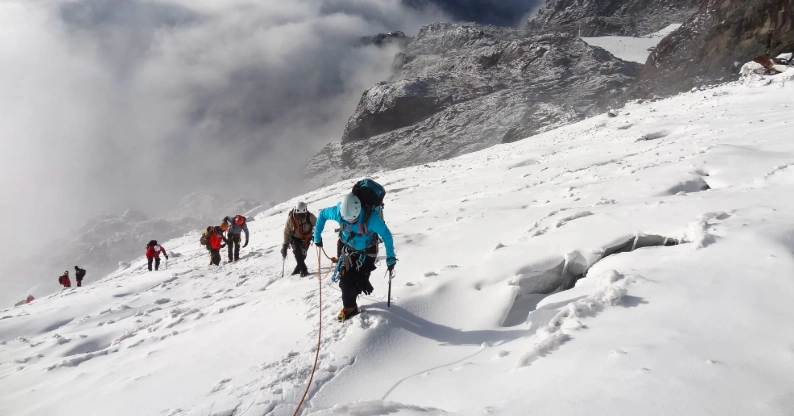
Rwenzori Mountains
Africa’s highest mountain range outside Kilimanjaro. But this one’s different—glacier-cloaked, jungled, and wild. Summiting Margherita Peak is a multi-day expedition.
Mount Elgon
More accessible than the Rwenzoris, but still challenging. Great for crater hikes, waterfalls, and caves.
Virunga Volcanoes
Sabinyo, Muhabura, and Gahinga offer 1-day hikes with panoramic views across Uganda, Rwanda, and DRC.
Read more: Hiking Safaris in Uganda | Mount Sabinyo Hike
When to Visit Uganda for Safari
Uganda is equatorial, so it doesn’t have a “cold” season. But rainfall matters—especially for trekking and road access.
Dry Seasons (Best for Safari)
- June to September
- December to February
Trails are drier, wildlife is easier to spot, and gorilla trekking is more manageable. Expect higher prices and competition for permits.
Rainy Seasons (Green and Quieter)
- March to May
- October to November
Parks are lush. Crowds are thinner. Some lodges offer discounts. Treks can be muddier—but for the right traveler, it’s a tradeoff worth making.
Full breakdown: Best Time to Visit Uganda for Every Activity
Safari Accommodation Options
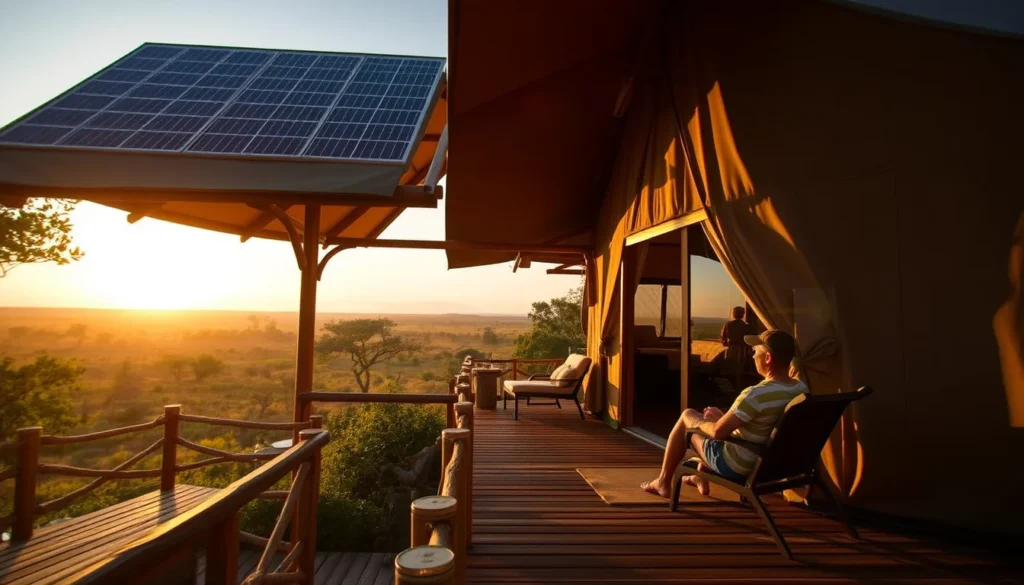
Luxury or rustic. Tented or thatched. Uganda has it all—but not always where you expect.
Luxury Safari Lodges
Often small, remote, and designed with serenity in mind. Think cliffside views over the Nile or forest hideouts with private butlers.
- Clouds Mountain Gorilla Lodge (Bwindi)
- Apoka Safari Lodge (Kidepo)
- Kyambura Gorge Lodge (Queen Elizabeth)
Luxury here is less about gold taps and more about silence, privacy, and immersion.
Mid-Range Camps and Lodges
Solid comfort, good food, and character. Many are owner-run, with deep local roots.
- Buhoma Haven Lodge (Bwindi)
- Pakuba Safari Lodge (Murchison)
- Isunga Lodge (Kibale)
Budget & Community-Run Options
Uganda’s budget safari scene punches above its weight, especially in community tourism. Basic, yes—but often meaningful and well-run.
- Ruboni Community Camp (Rwenzori)
- Rweteera Safari Park (Kibale)
- Top of the World Lodge (Fort Portal)
How to Plan a Safari in Uganda
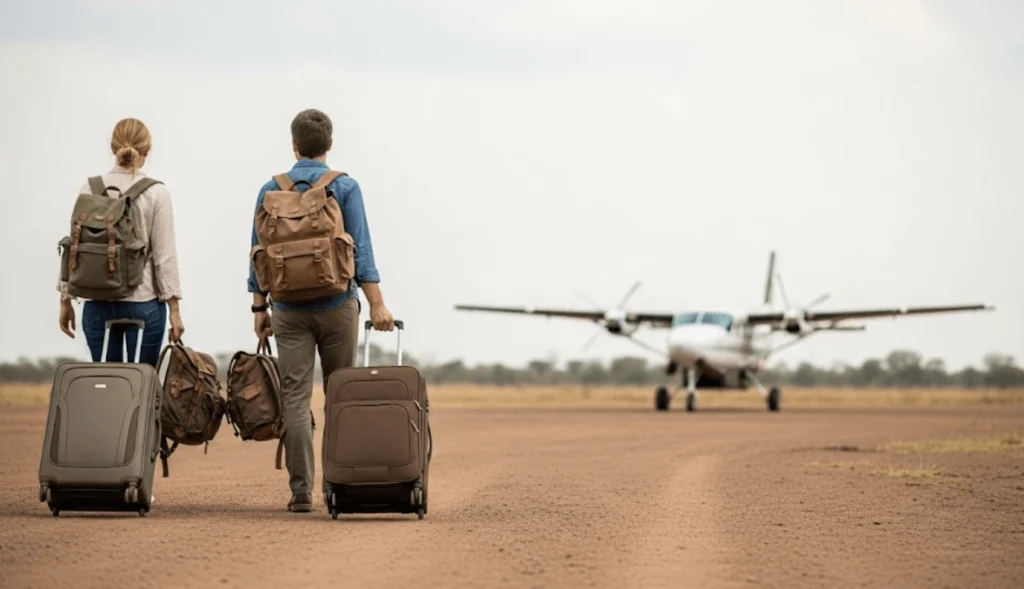
Planning a Uganda safari isn’t plug-and-play. It requires thoughtful sequencing, good logistics, and an understanding of the terrain. Here’s how to think about it.
Start with Your Priorities
Ask yourself:
- Do you want gorillas, chimps, game, or all three?
- Are you more drawn to luxury lodges or adventure travel?
- Is your priority wildlife, culture, landscapes, or a balance?
This determines everything—your route, your pace, your budget.
Decide How Long to Stay
Most travelers underestimate this.
- 8–10 days is the sweet spot for gorillas + 1 or 2 parks.
- 12–16 days allows for a full circuit (gorillas, chimps, game drives, and culture).
- 3–5 days is viable for short trips focused on one region, like gorilla trekking or Murchison.
Choose the Right Route
Uganda safaris often run as circular overland journeys, either clockwise or anti-clockwise. Example loops:
- Kampala – Murchison – Kibale – Queen – Bwindi – Lake Mburo – Kampala
- Entebbe – Bwindi – Queen – Kibale – Murchison – Ziwa – Entebbe
Some routes include domestic flights to cut down on drive time—especially useful for high-end, short-duration safaris.
Pick the Right Time
Revisit the best time to visit Uganda section. Dry months are ideal for trekking and game drives, but shoulder seasons can offer excellent value and fewer crowds.
Book Permits Early
Gorilla and chimpanzee trekking permits are limited and must be booked in advance, especially in high season.
- Gorilla Permits: $800 per person (as of 2025)
- Chimpanzee Permits: $250 (Kibale), lower in other locations
Uganda Safari Costs and Packages
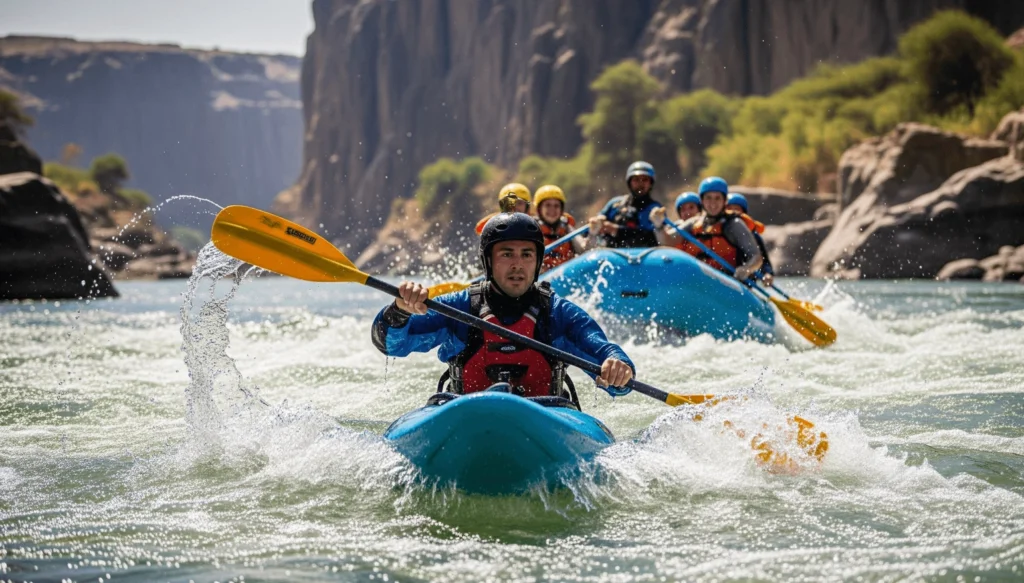
Uganda is not a “cheap” safari destination—but it offers exceptional value compared to Kenya or Tanzania, especially for gorilla trekking.
Ballpark Safari Prices (Per Person)
- Budget Safaris: $200–$350/day
- Mid-Range Safaris: $350–$600/day
- Luxury Safaris: $600–$1,200/day+
Gorilla trekking adds a significant fixed cost. A typical 10-day safari with gorillas may range:
- Budget: $2,500–$3,500
- Mid-Range: $4,500–$6,000
- Luxury: $7,500+
Uganda Safari FAQs
Is Uganda safe for tourists?
Yes—Uganda is widely considered safe for tourism. The main safari circuits are secure, and Ugandans are famously hospitable.
What’s the difference between Uganda and Rwanda for gorilla trekking?
Uganda is more rugged, offers more permits, and costs less. Rwanda is more accessible but pricier. See our Uganda vs Rwanda Gorilla Trekking Guide.
Do I need a visa for Uganda?
Yes—most travelers need an e-visa, which can be obtained online in advance. Uganda eVisa Portal
Can I do self-drive safaris in Uganda?
Technically, yes—but roads, signage, and infrastructure are challenging. Most travelers opt for guided safaris with private vehicles and drivers.
Are safaris in Uganda suitable for families?
Absolutely. While young children can’t do gorilla treks, there are family-friendly parks, boat trips, and cultural activities perfect for kids.
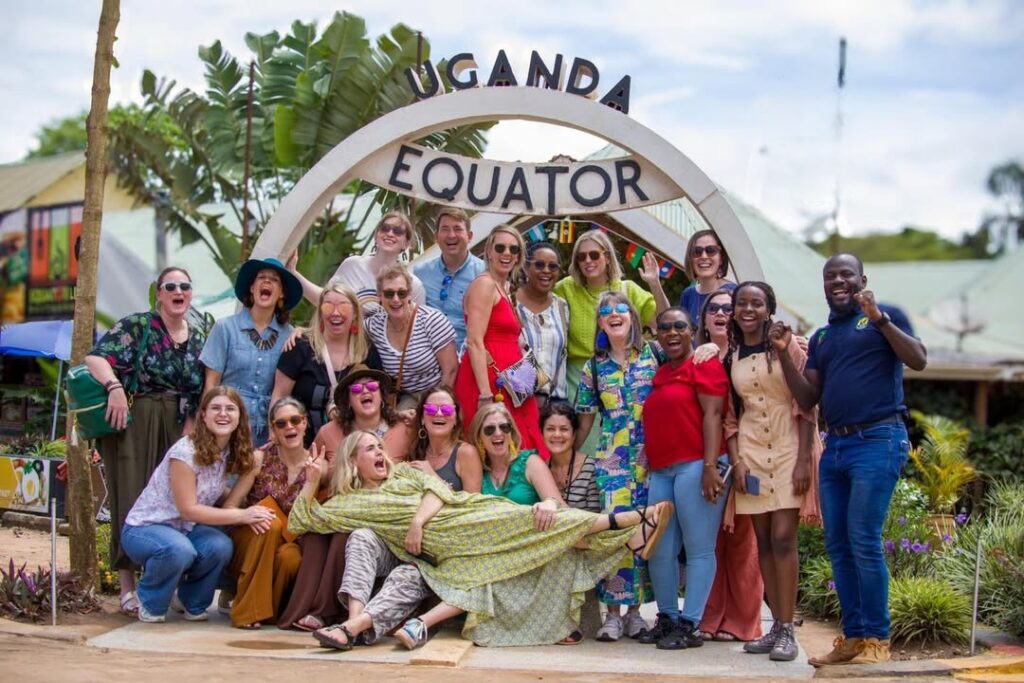
Why Book With Dust & Echo?
We’re not trying to be the biggest safari company. Just the best for a certain kind of traveler.
- We focus on low-volume, high-quality safaris tailored from scratch.
- We emphasize silence, beauty, and depth—not box-ticking.
- Our team is Ugandan-led, with years of experience guiding travelers from all over the world.
- We don’t cut corners. And we don’t do conveyor-belt safaris.
We believe a safari should feel like a secret—not a sales pitch.
Talk to us. Whether you’re planning for next year or dreaming for someday, we’ll help you build something unforgettable.
Ready to Start Planning?
Explore our sample trips:
- 5 Days Uganda Gorilla & Chimp Trekking
- 16-Day Uganda Safari: Gorillas, Chimps, Big Game & Culture
- 10-Day Rwenzori Mountains Climb + Gorilla Trekking
Or tell us what you’re dreaming of: Request a Quote
We’ll handle the rest.

